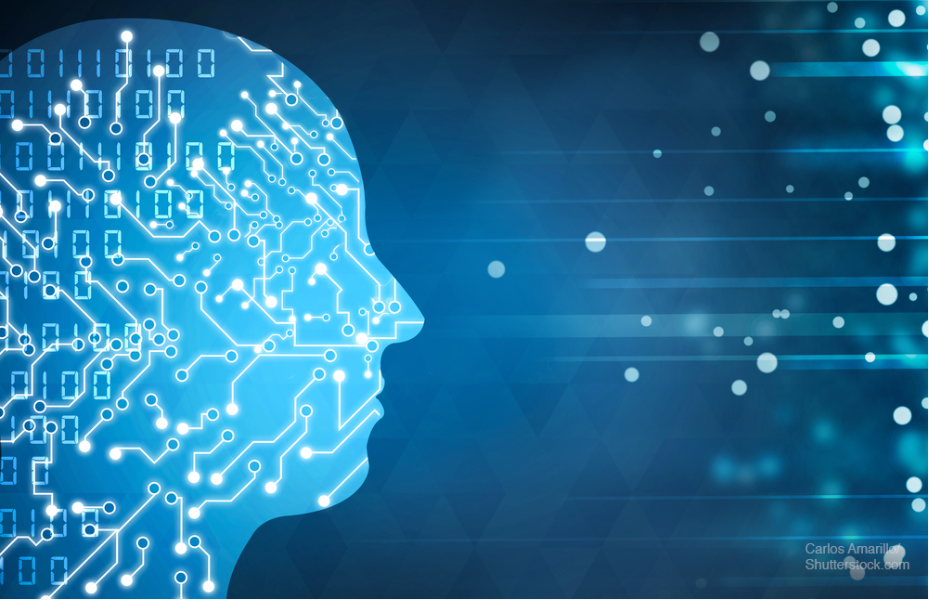Article
Do machines think?
Author(s):
Whether we like it or not, artificial intelligence has arrived

“I think, therefore I am.” -Rene Descartes
As you know, artificial Intelligence (AI) has been getting a lot of attention these days in the lay press, in our science journals, and in movies. Recently, the FDA granted its approval to an AI/machine learning approach to the analysis of retinal photographs to screen for diabetic retinopathy based upon data suggesting that the approved AI approach may actually be superior at detecting retinal disease than relying on a human diagnostician.
From recent conversations, I learned that AI commonly evinces strong feelings, positive and negative:
- A medical school dean told me that he thinks AI will streamline the diagnosis of most medical illnesses. He believes this will make the career path of primary care physician much less interesting in the future, and he is encouraging his own child to consider becoming an ophthalmologist.
- IBM thinks its Watson computer will improve the outcomes of cancer therapy, improving patient care while generating a revenue stream for the company.
- A physician friend worries, like the famous physicist Stephen Hawking, that AI will be an existential threat to the human race. This vision of a dark future includes autonomous lethal devices taking human life.
- Another physician friend sees AI as a friend and servant of humans. Autonomous vehicles, for example, will make travel ever safer, eventually dramatically reducing traffic fatalities.
All this attention has caused me to look into the field of philosophy of artificial intelligence and what it means to think.
In 1950 mathematician Alan Turing wrote a paper entitled “Computing Machinery and Intelligence” that began: “I propose to consider the question, ‘Can machines think?’” Turing conceived the test that today bears his name.
The Turing test says that a machine will have exhibited intelligence equivalent to a human when a human, sitting at a keyboard and typing back and forth with an unseen correspondent, cannot tell after several minutes whether the responses are those of a machine or another human. So far, no wonder of computing technology has yet passed this test.
Testing, 1, 2
One AI test involved a machine analyzing performances of famous comedians. After, the machine was tasked with writing its own jokes.
The results are laughable. While curious and perhaps interesting, these computer-authored jokes are more devoid of humor than the least funny human-authored jokes you have ever heard. Most of my friends believe that computers today can think to some degree, and in the future with certainty will be able to mimic human thought and conversation.
“If they can think,” I asked, “does that also mean they are alive?”
Isn’t that what Descartes had in mind with his famous quote? My friends would not make this leap. The consensus was thought, and life are not synonymous. For example, a machine might be capable of thought but not be alive in the same way that a single-celled organism, like Staphylococcus, might be alive but not capable of thought. Machines are demonstrating more capability to perform tasks like interpreting x-rays or detecting diabetic retinopathy without human oversight.
Wise physicians in the future will harness that technology, freeing them up to do what highly-trained humans can do best (like stand-up comedy and injecting bevacizumab). My own view is that AI will be an overall force for good, but there is no reason why it will not be misused by some for criminal or malevolent ends.
References:
Peter J. McDonnell, MDDirector of the Wilmer Eye Institute, Johns Hopkins University School of Medicine, Baltimore, and chief medical editor of Ophthalmology Times.
He can be reached at 727 Maumenee Building 600 N. Wolfe St. Baltimore, MD 21287-9278
Phone: 443/287-1511
Fax: 443/287-1514
E-mail: pmcdonn1@jhmi.edu
Newsletter
Don’t miss out—get Ophthalmology Times updates on the latest clinical advancements and expert interviews, straight to your inbox.





